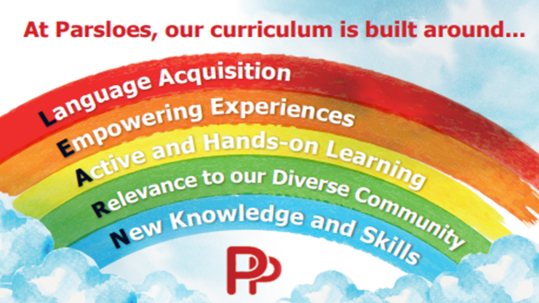
At Parsloes Primary School we believe that a high-quality computing education equips pupils to use computational thinking and creativity to understand and change the world.
At Parsloes Primary School, Computing is taught through a broad and balanced curriculum that ensures children are able to develop depth and progression in their knowledge and skills. With technology playing such a significant role in society today, we believe ‘Computational thinking’ is a skill children must be taught if they are to be able to participate effectively and safely in this ever-changing digital world. A high-quality computing education equips pupils to use creativity to understand and change the world. Computing has deep links with mathematics, science, and design and technology, and provides insights into both natural and artificial systems.
Lessons are clearly sequenced and build on knowledge and skills they have previously learnt. We teach a curriculum that enables children to become effective users of technology by providing many opportunities for pupils to take ownership of their learning through hands-on activities.
The national curriculum for computing aims to ensure that all pupils:
· can understand and apply the fundamental principles and concepts of computer science, including abstraction, logic, algorithms and data representation
· can analyse problems in computational terms, and have repeated practical experience of writing computer programs in order to solve such problems
· can evaluate and apply information technology, including new or unfamiliar technologies, analytically to solve problems
· are responsible, competent, confident and creative users of information and communication technology.

Our Computing curriculum ensures a balanced coverage of the four main strands of Computing: Digital Literacy, Programming, Multimedia and Data. The subject knowledge imparted becomes increasingly specific and in depth, with more complex skills being taught, thus ensuring that learning is built upon. Knowledge and skills are mapped out across each wider curriculum theme and year group to ensure a systematic progression across topics. For example, children in EYFS will be introduced to some core vocabulary, such as click, move, drag, select, which then leads on to learning what algorithms are in KS1 and then programming in KS2, where they design, write and debug programs, explaining the thinking and concepts behind their algorithms.
We have a Computing suite, two class sets of iPads, three class sets of chrome books and twelve digital cameras to ensure year groups have opportunities to use a range of devices – as specified by the National Curriculum.

Our curriculum overviews detail the key computing content required for each unit of work. These are shared with children and families at the beginning of each half term to help enhance learning.
